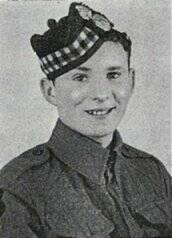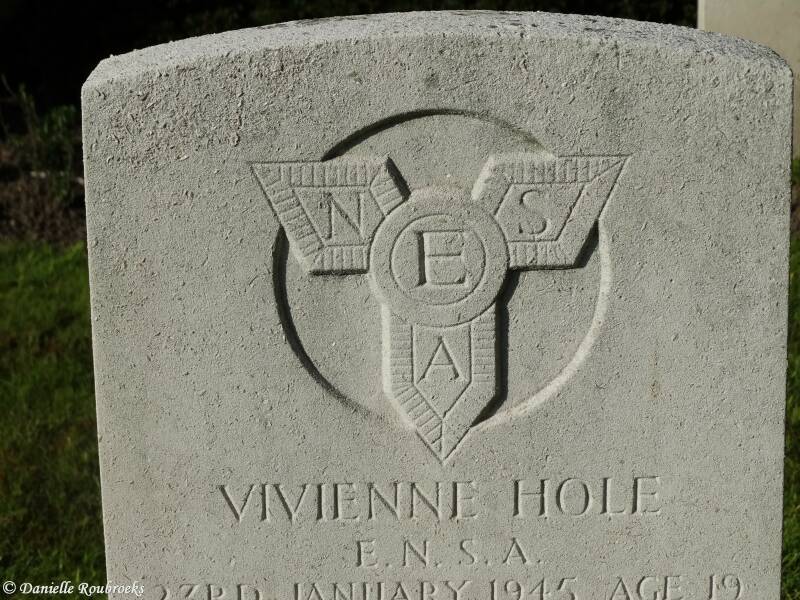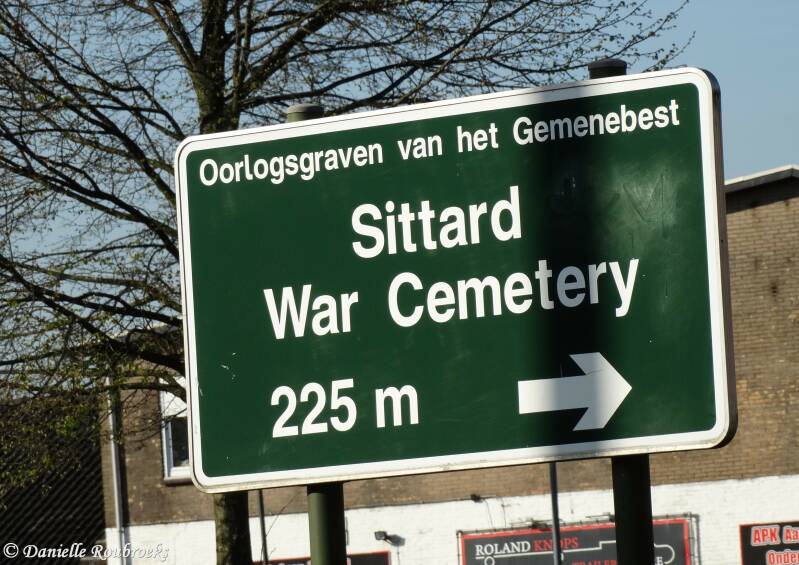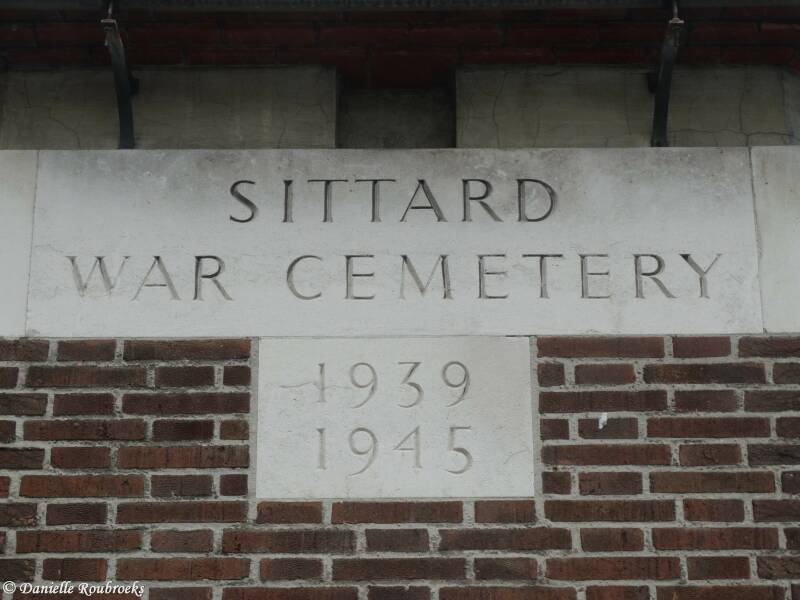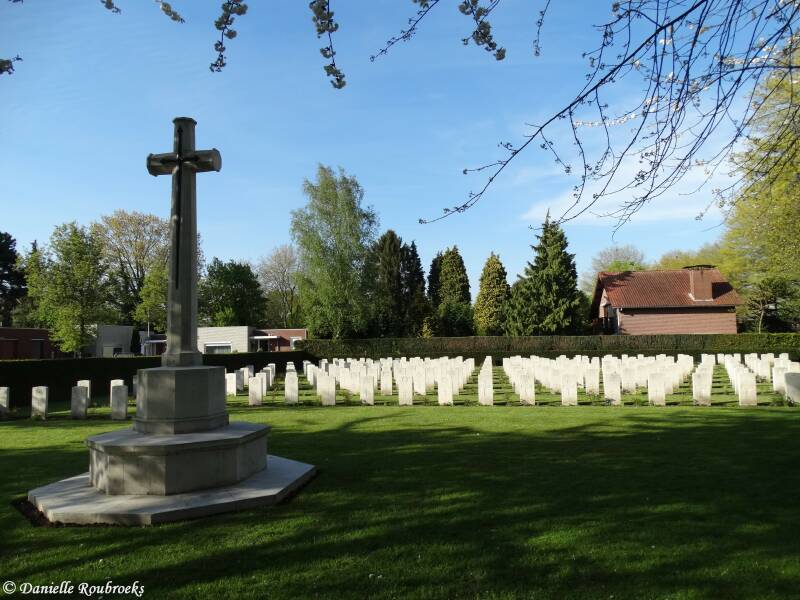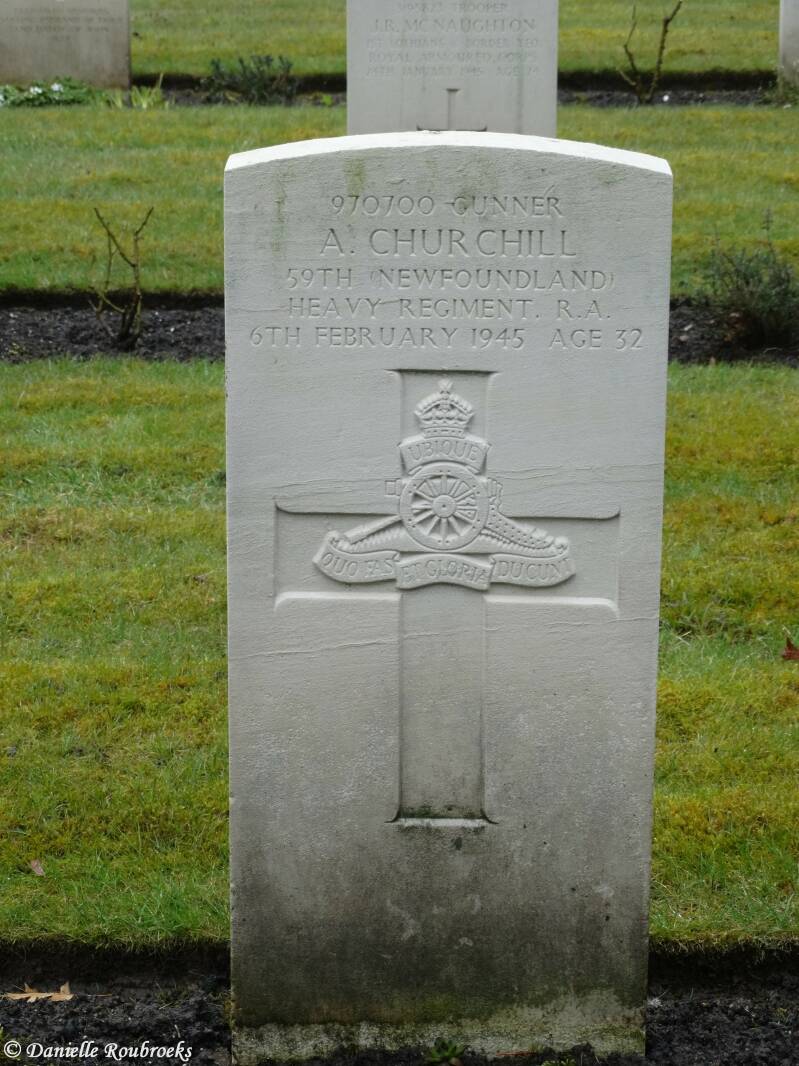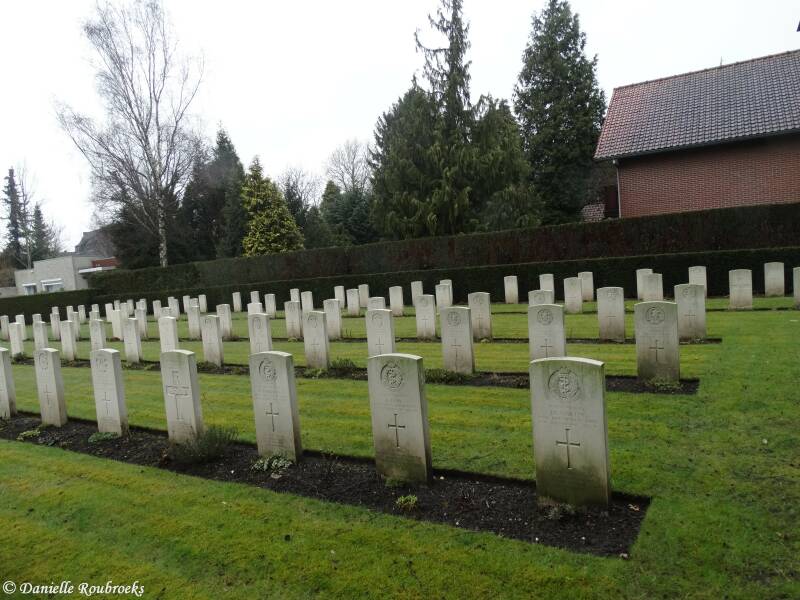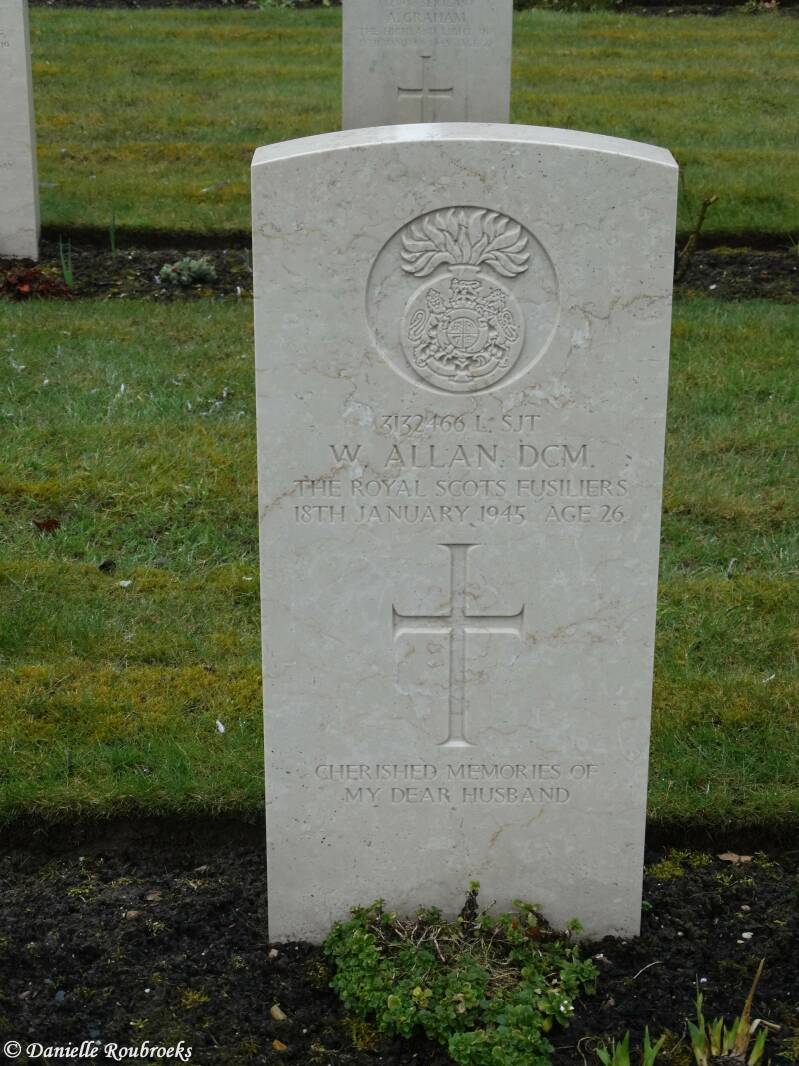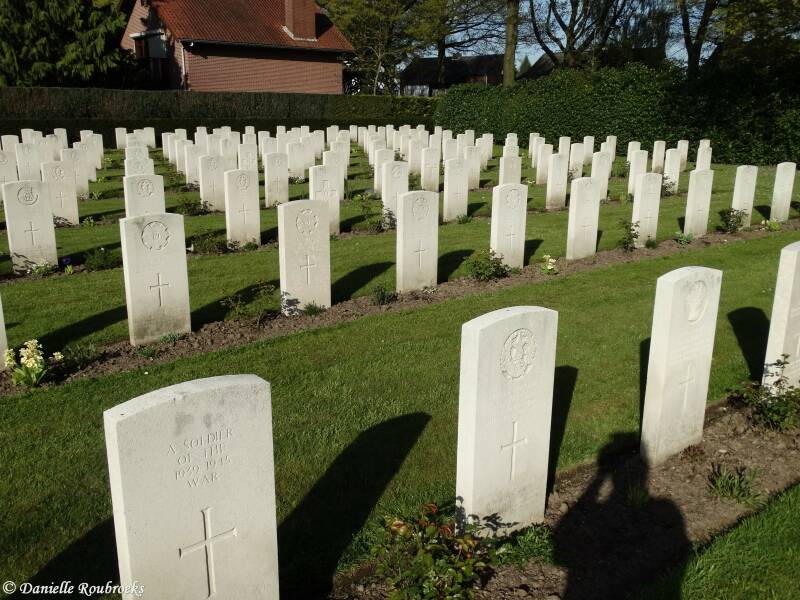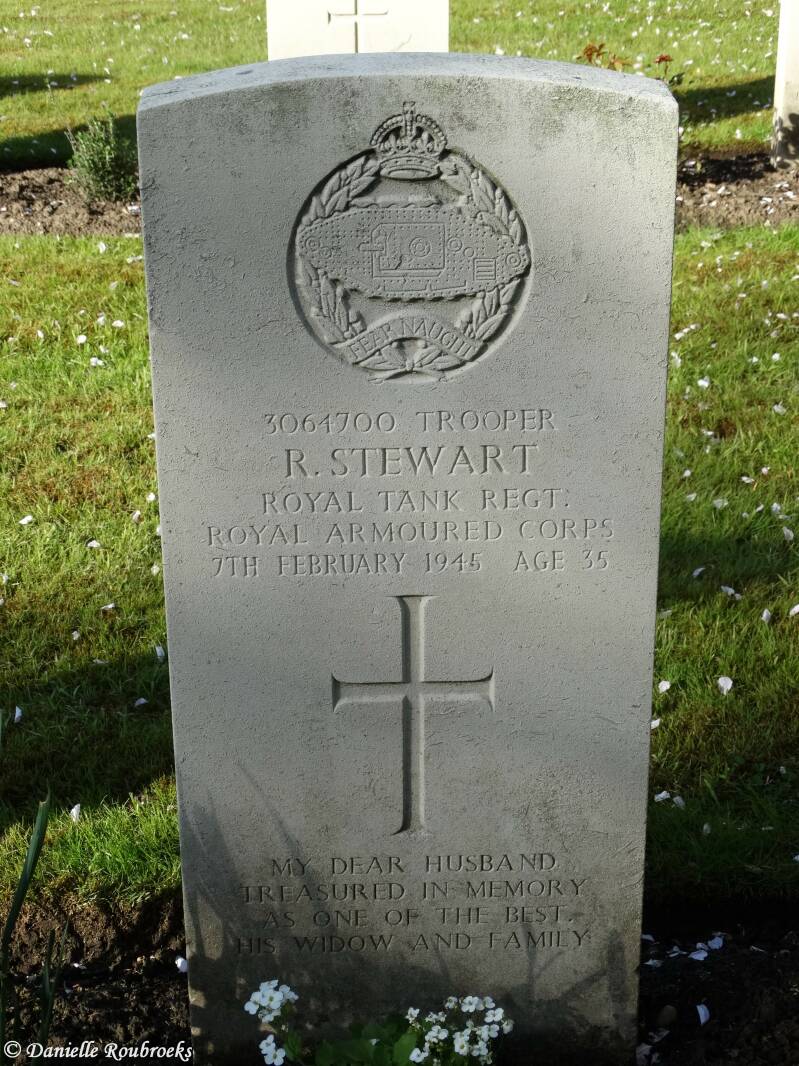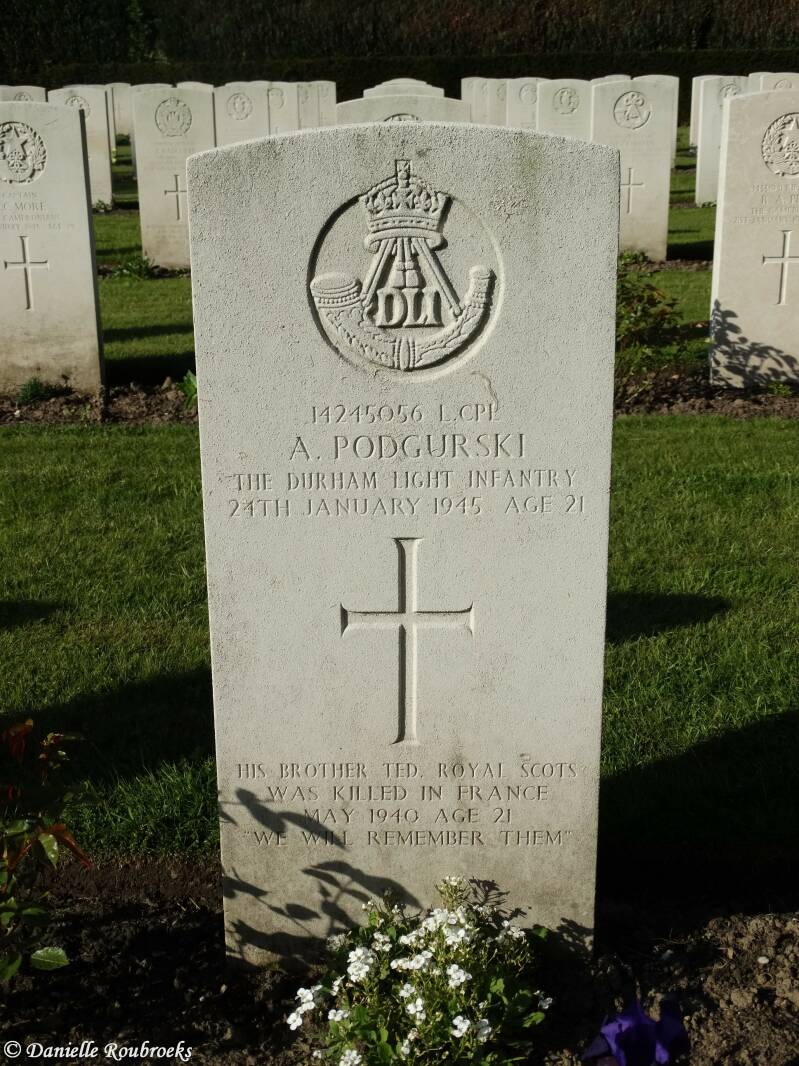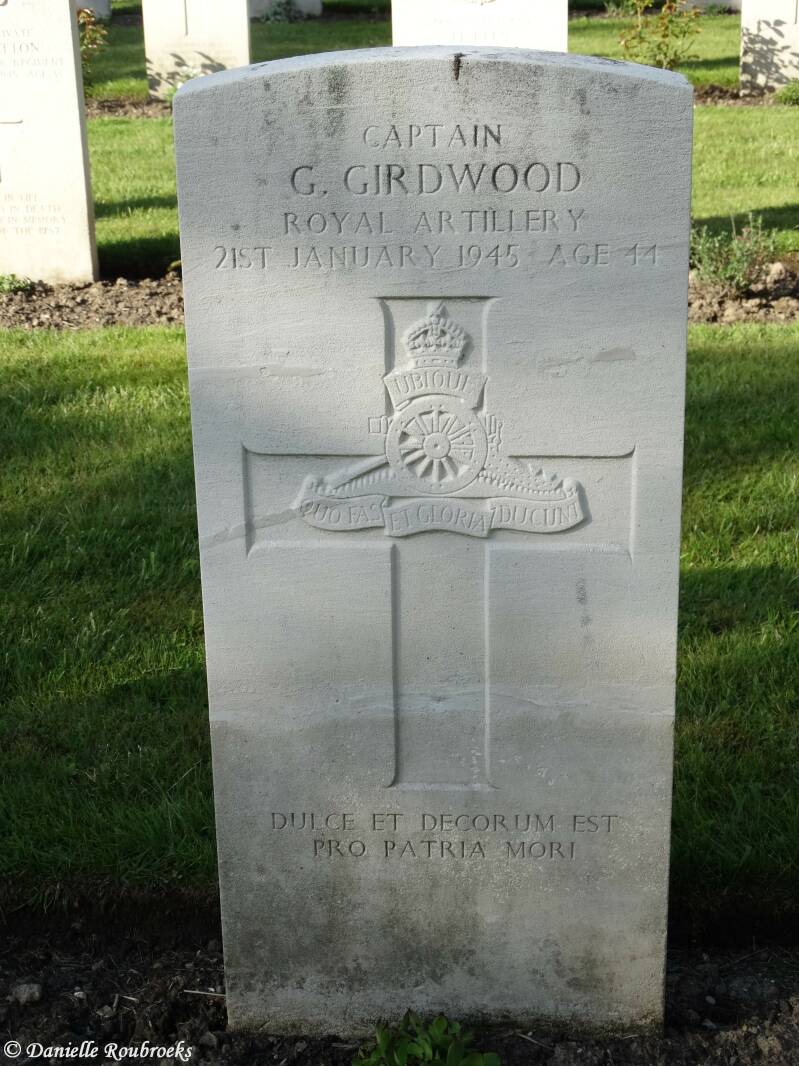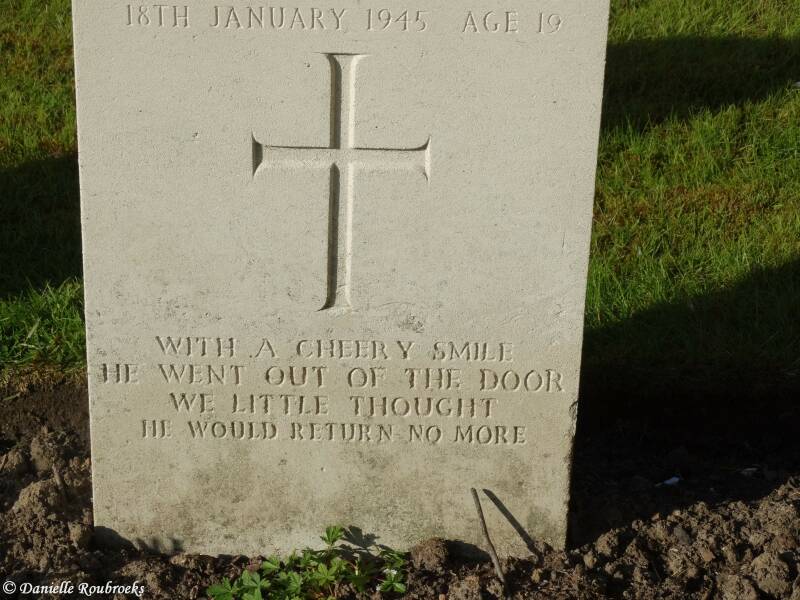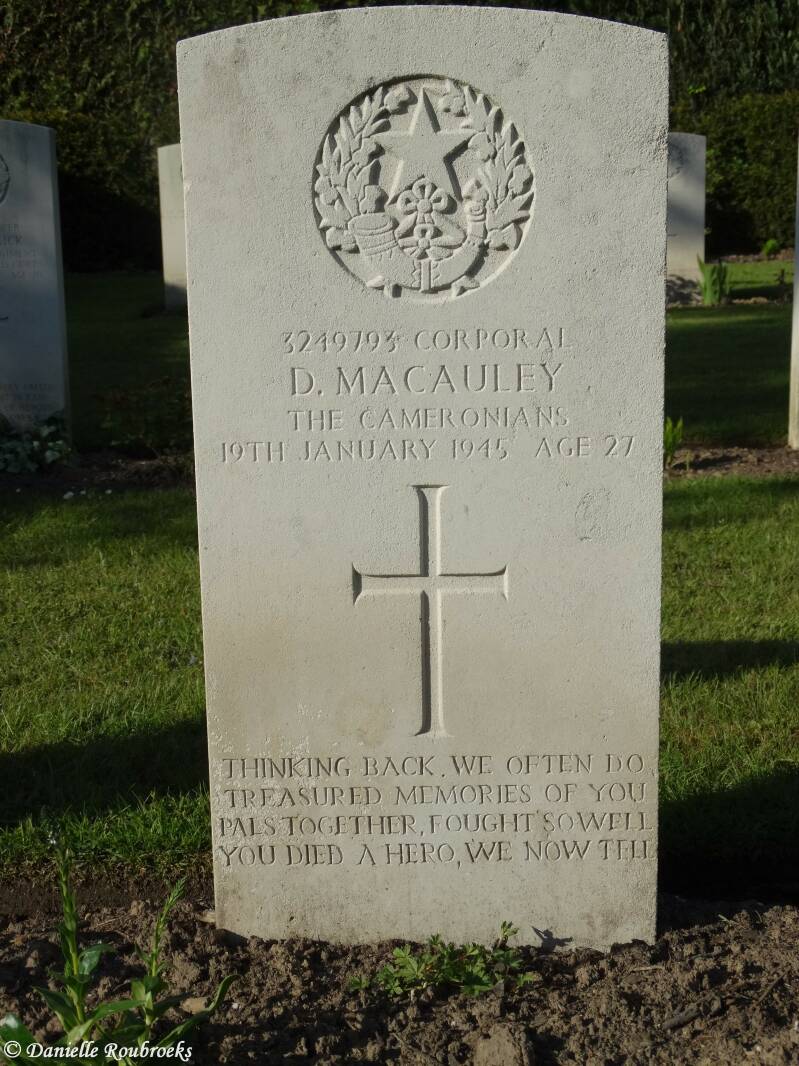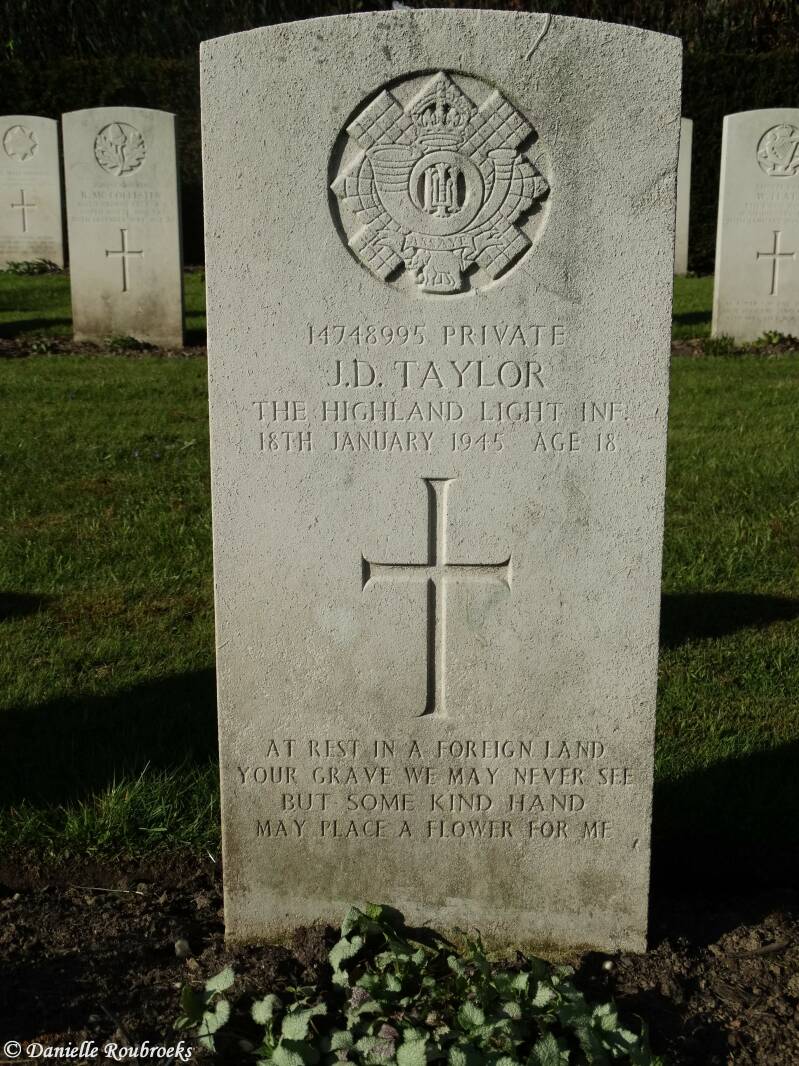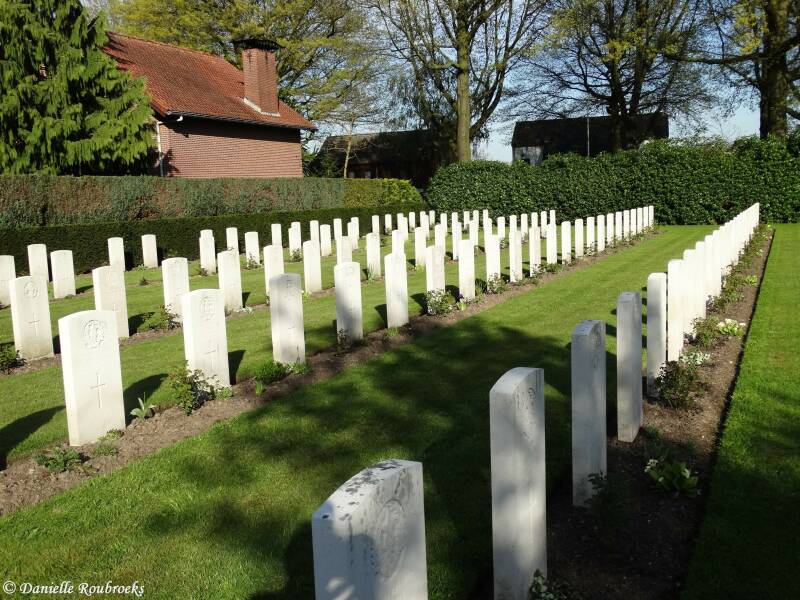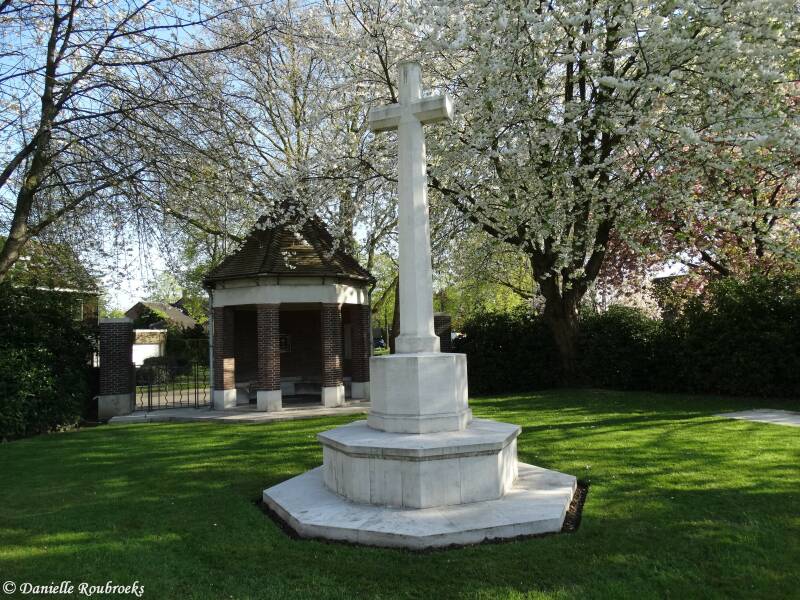Sittard War Cemetery
Historical Information (Source: CWGC)
The burials in the cemetery, apart from a few dating from November 1944, are almost all from the months of January and February 1945. The men buried here belong mostly to the Scottish regiments of the 52nd (Lowland) Division, engaged in the battle in this vicinity from 18th to 24th January 1945, which had as its object the clearing of a salient west of the River Roer which was still held by the Germans.
There are now 234, 1939-1945 War casualties commemorated in this site.
VICTORIA CROSS
Fusilier Dennis DONNINI - 14768011 - 4/5th Bn. Royal Scots Fusiliers
Died 18 January 1945 Age 19
Country of Service: United Kingdom
Awards: Victoria Cross
Dennis Donnini was born to Italian-born Alfred Donnini and his English wife Catherine (née Brown), on 17 November 1925 in Easington Colliery. His father owned an ice cream parlour in Easington and attended Corby Grammar School in Sunderland, now known as St. Aidans School. Before he enlisted, Donnini had two brothers enter the military. Alfred Donnini was captured at Dunkirk and spent the rest of the war in a POW camp, while Lewis Donnini died of wounds on 1 May 1944.
Citation
The citation in the London Gazette of 16th March, 1945, gives the following details : In North-West Europe, on 18th January 1945, a battalion of The Royal Scots Fusiliers led the assault on the German positions between the rivers Roer and Maas. When Fusilier Donnini's platoon was ordered to attack a small village, it came under intense fire from the houses and he was wounded in the head. On recovering consciousness a few minutes later he charged down the road, threw a grenade into the nearest window, and with the survivors of his platoon ran in pursuit of the Germans. The British soldiers reached the cover of a wooden barn only thirty yards from the German trenches. From this cover Fusilier Donnini first went out under intense fire to carry into safety a wounded comrade, then a second time and though again wounded, he advanced firing a machine-gun until a bullet hit a grenade that he was carrying and killed him. His great gallantry and self-sacrifice in drawing the enemy fire on himself enabled his platoon to capture the position, and his comrades to overcome opponents more than twice their number.
Grave Reference: H. 10.
(Source: Wikipedia)
Information: Wikipedia
Vivienne was a chorus dancer, under the stage name Vivienne Fayre, she toured music halls and theatres doing chorus dancing and in a dance act known as the 'Two Maxettes', named after her dance teacher Max Rivers, with Audrey Landreth, whose stage name was Audrey Mayne.
At the end of 1944 Vivienne and Audrey enrolled at the Theatre Royal, Drury Lane, in ENSA, the Entertainments National Service Association, to provide entertainment to the British Armed Forces personnel serving in World War II. Having completed their training at the Theatre Royal they were seconded to different entertainment troupes. Following a performance in France, Vivienne was travelling in a truck, containing stage scenery, to her next concert engagement. The driver, taking a wrong turn, entered a minefield, hit a mine, and both he and Vivienne were killed instantly. Initially Vivienne, whose body was discovered by French locals, was buried in Normandy in a symbolic white coffin. After the war, her body was disinterred and buried with full military honours at the Sittard War Cemetery in Limburg, in the south of The Netherlands.
Vivienne Hole (Fayre) is the only ENSA fatality in the course of engagement during World War II. Members of ENSA were also honorary officers in the British Army to enable them to have instant access to the Officer's Mess.


